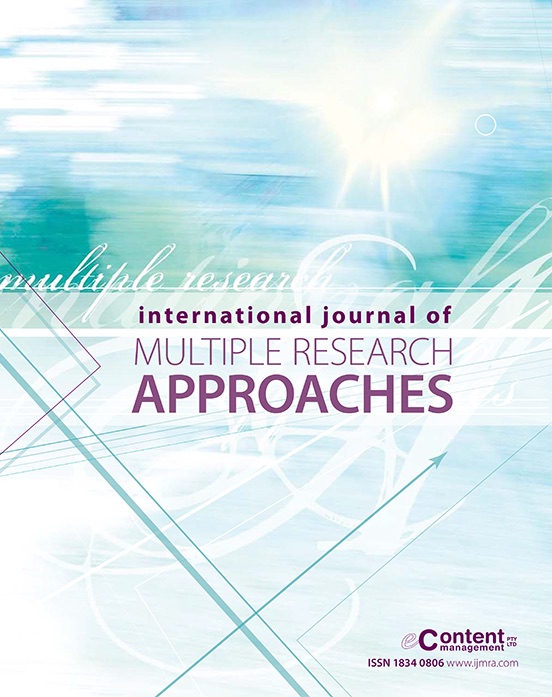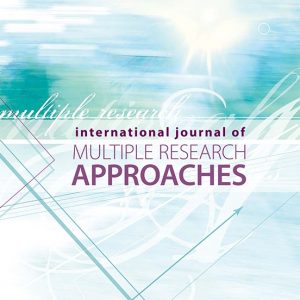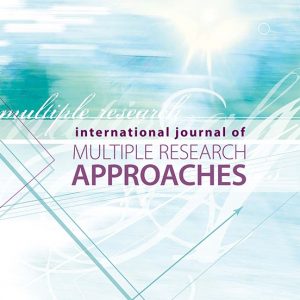8(2).03. Mothers’ and grandmothers’ perceptions relating to causality, treatment and support for families of a child with a diagnosis of attention deficit hyperactivity disorder: Applying Enosis, an alternative mixed methods approach
$30.00
Description
Mothers’ and grandmothers’ perceptions relating to causality, treatment and support for families of a child with a diagnosis of attention deficit hyperactivity disorder: Applying Enosis, an alternative mixed methods approach
Apostolos Fakis*, Rachel Hilliam+, Michael Townend!, Helen Stoneley! and Gary Robinson#
*Derby Hospitals NHS Foundation Trust, Derby, UK;
+Mathematics, Computing and Technology Faculty, The Open University, Buckinghamshire, UK;
!University of Derby, Derby, UK;
#Principal Systemic Psychotherapist, Department of Nursing and Quality Governance, Derbyshire Healthcare NHS Foundation Trust, Derby, UK
Abstract
Background: A systemic research project was conducted to explore the views and experiences of parents and grandparents within families who have a child with a diagnosis of Attention Deficit Hyperactivity Disorder (ADHD). Secondary analysis was applied and is presented in this article based upon a novel mixed methods approach, termed ‘Enosis.’ Methods: Themes, which were developed through the original Interpretive Phenomenology Analysis of 11 matched interviews, were quantified using ‘proportion’ scoring system. Scores per family and per participant were analysed using structural equation modeling. Results: The number of children in household, the number of living grandparents, reported grandmothers’ and mothers’ Strengths and Difficulties scores were significantly related with families’ perceptions about causality of ADHD. The grandmothers’ views were significantly different to the mothers’ regarding their experiences of professional treatment and support for ADHD. A child’s age, number of grandchildren and participants’ scores for affect of ADHD on a family’s life together with a child’s strengths and difficulties were significantly related to participants’ and families’ views about the grandmothers’ support as well as reported pains and pleasures regarding their relationship with the child. Conclusion: Secondary analysis of qualitative data based on the ‘Enosis’ method added another dimension to interpretation of the original study results and aims. Hypotheses were supported, strengthened or challenged in relation to the original study results and further triangulation was enabled with regards to existing literature.
Keywords: Enosis, attention deficit hyperactivity disorder, interpretive phenomenology analysis, structural equation modelling, scoring system, systemic, grandparents


